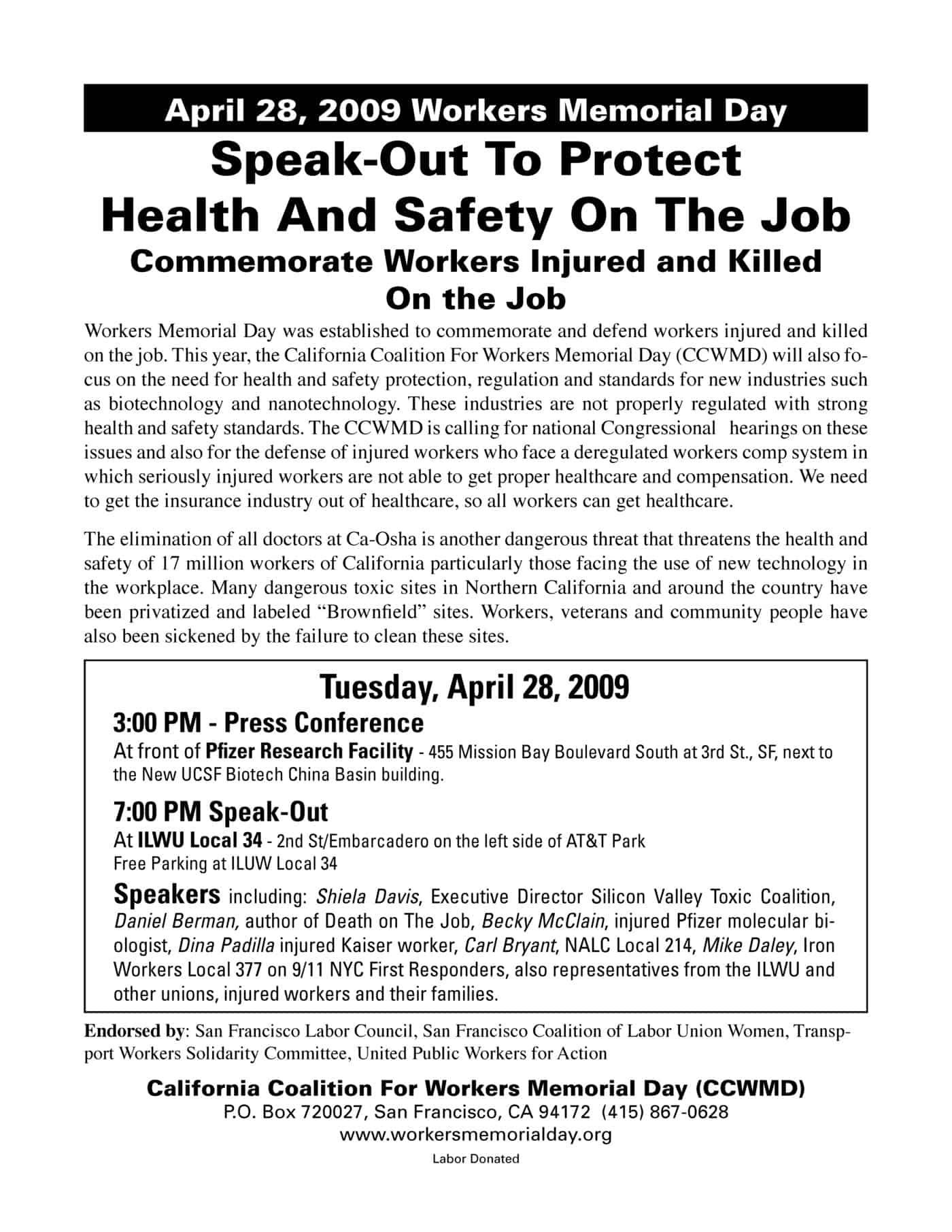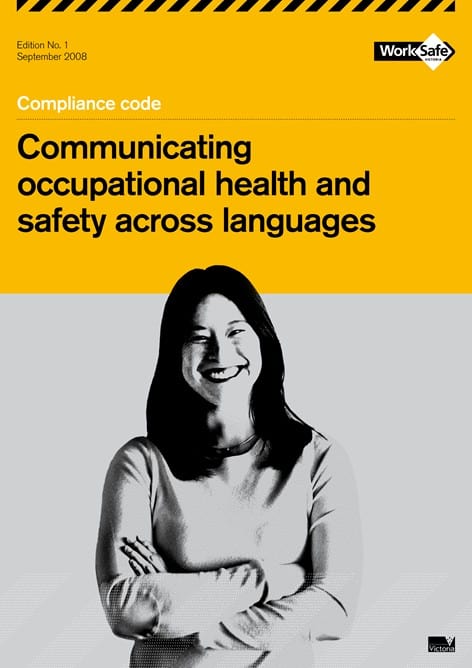In October 2008, SafetyAtWorkBlog spoke with Renata Musolino of the Victorian Trades Hall Council. At that time the trade union movement was finalising its policies and positions on nanotechnology into the campaign that is being rolled out at the moment.
In the SafetyAtWork podcast released in April 2009, Renata talks about how nanotechnologies links with mesothelioma but also some parallels with genetically modified organisms. She discusses the need for more information about the nanomaterials and how one should apply the precautionary principle in this case.
More information about Renata is available at the Victorian Trades Hall Council website


